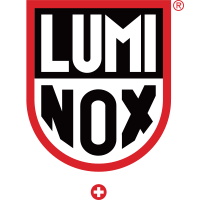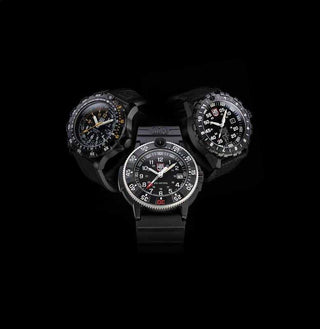Today Alex Hibbert starts his second expedition to Spitsbergen. His hunt for the world record will not only demand everything from him, but will also put his many years of experience to the test.
His project is not, as usual, a long-term expedition, but a new world record attempt. His route takes him from Longyearbyen into the wilderness, past valleys and fjords, and back to Longyearbyen again - all within 24 hours. His biggest enemy is time, emerging fatigue and the lurking dangers of the wilderness - not for nothing is Spitsbergen also called "Polar Bear Island".
A few weeks ago Alex already tried to set up a new course record on the 165km Arctic Circle Trail in Greenland. Unfortunately it was not possible to start the world record attempt due to weather conditions. Impressions of his journey can be found here: https://youtu.be/YaxQ-o8TIlg
Alex, which obstacles did you face in Greenland?
In the weeks before my arrival there had been huge masses of fresh snow, especially on the coast. The deep powder snow would have slowed my pace to one-fifth of what I actually needed for the world record. Since I was using a lightweight sled for my trip, I had to wait for the Inuit hunters to open the track. Otherwise, my sled would have been more like a snowplow and the trip would have taken close to two weeks. I simply wasn't equipped for that.
Although the weather forecast had already announced the bad starting position, I still gave it a try and flew to Greenland. Sometimes the weather changes so quickly on site that the trip might have worked out with a few days delay.
Why didn't you use an official ski slope? Wouldn't that have reduced the risk?
There is already a world record on a ski slope and it is over 400km in 24 hours. For me, the most important thing is to try something new and to travel under natural Arctic polar conditions. A flat ski slope does not fall into this category.
Do you need any special equipment for such a trip?
Since I was mainly focused on speed, I limited myself to a flat, small sled and long narrow skis. I also took along my Luminox from the ICE-SAR series. Plus a set of emergency clothing, a small repair kit, stove, food, hot water bottles, no tent (just a sleeping bag, bivy cover and shovel) and my film gear. In total it was less than 25kg of luggage so as not to reduce my speed.
What features of the model do you value most when you're on the road?
Mainly, it's actually being able to read the time 24 hours a day without needing another light source. Especially in winter, daylight is often very limited on my trips. I also appreciate the fact that the ICE-SAR series has a scratch-resistant sapphire crystal. Especially in the Arctic, where the terrain can be very uneven, this is an advantage.
How much training did you do in advance?
If you are going to travel for several weeks or even several months, it is especially important that your body is capable of endurance and strong. This is the only way to cope with the permanent strain. For such a short trip as Greenland or Spitsbergen, it is enough to intensify my running and cycling training and to include more sprint intervals.
Can we follow your progress live during your attempt in Spitsbergen?
The answer is definitely yes. My location is displayed live on a website about every 15 minutes. For me this also has the advantage that I can better estimate my own speed.
Good luck Alex for your expedition in Spitsbergen!
If you want to learn more about Alex or his expedition, just follow us on the following channels:
Alex on social media:
https://twitter.com/alexhibbert
https://www.instagram.com/alexhibbert
Luminox on Social Media :


